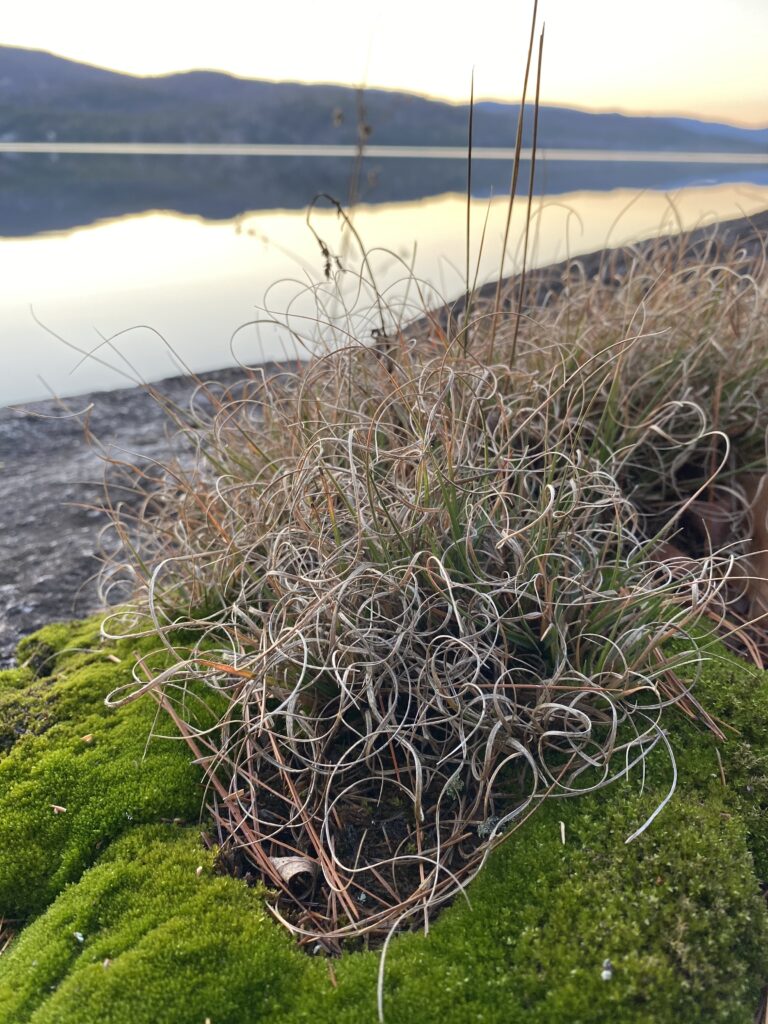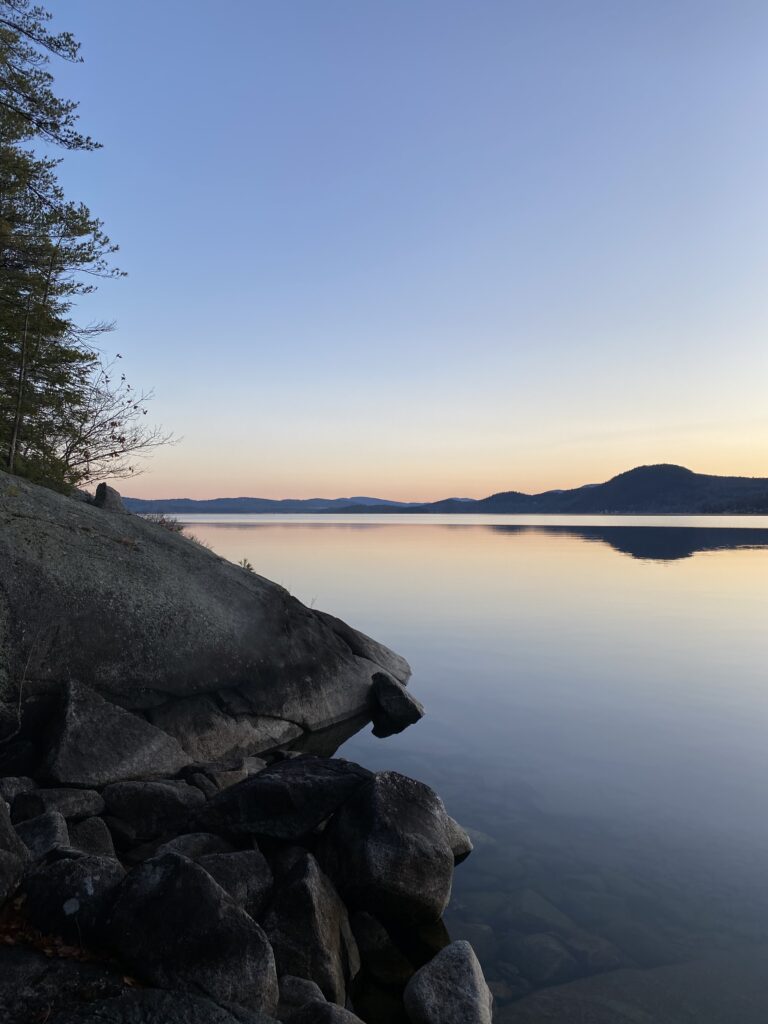For my at-home phenology spot, I ventured to one of my favorite places in the world, Newfound Lake. I chose a site by the water at Camp Onaway, about a fifteen minute walk from my house, or five minute paddle by kayak.
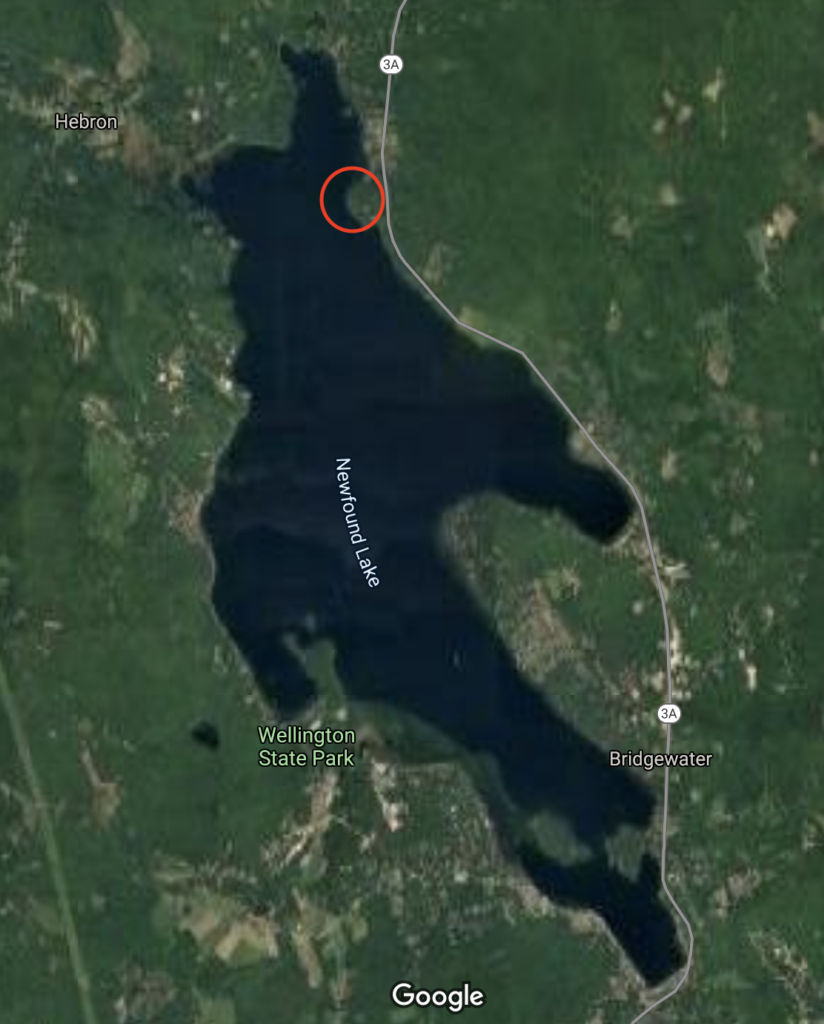
On this brisk Sunday afternoon, I stepped through the entrance to the girl’s camp. Entering a cathedral of hemlocks, bird songs accompanied my footsteps as the only noise throughout the forest. Past the hemlocks, I saw an array of eastern white pines, and various paper and yellow birches throughout the woods. I saw evidence of herbivory as well; chewed up pinecones littered the forest floor, and their consumers could be heard rustling among fallen leaves, preparing for the cold.
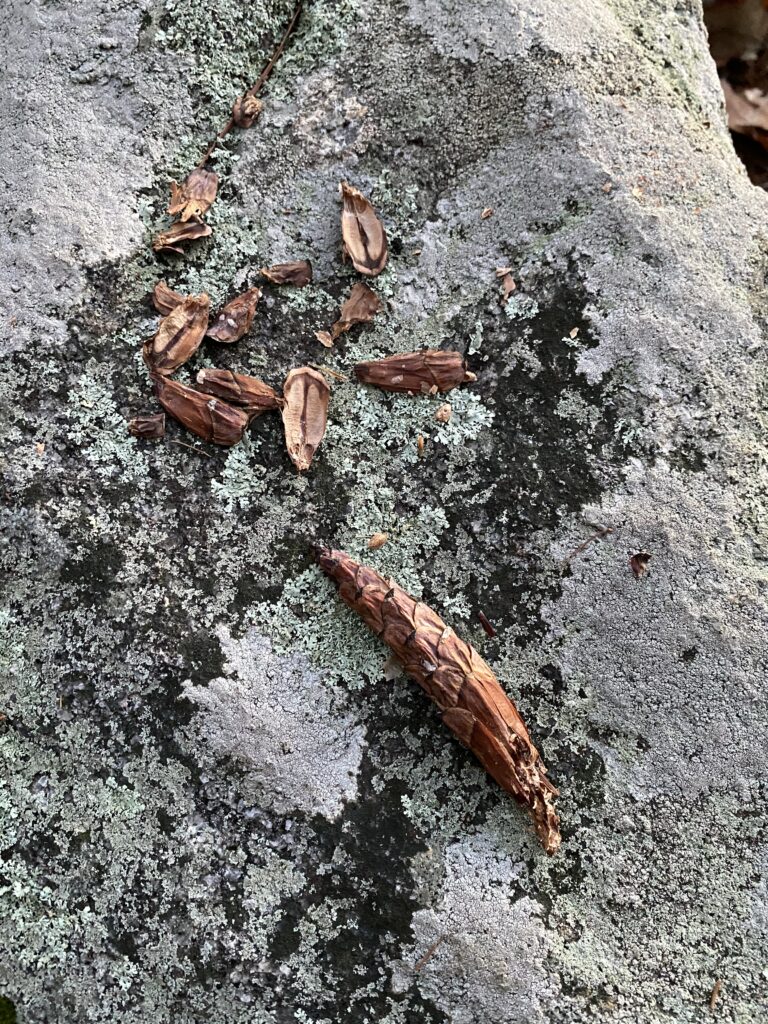
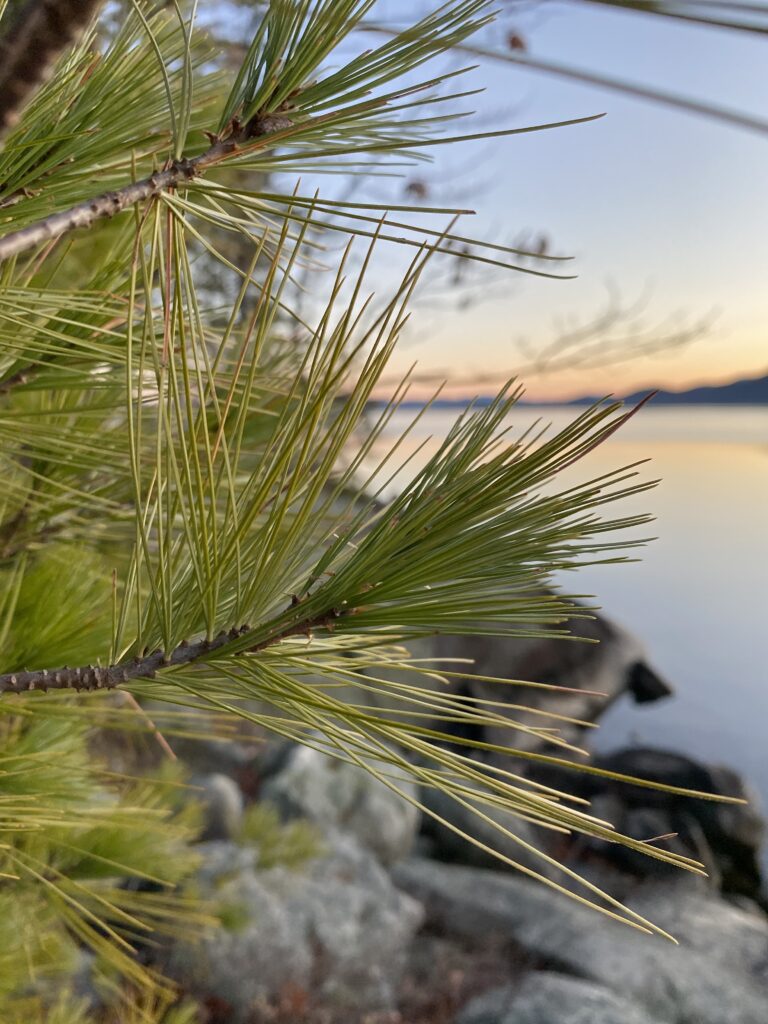
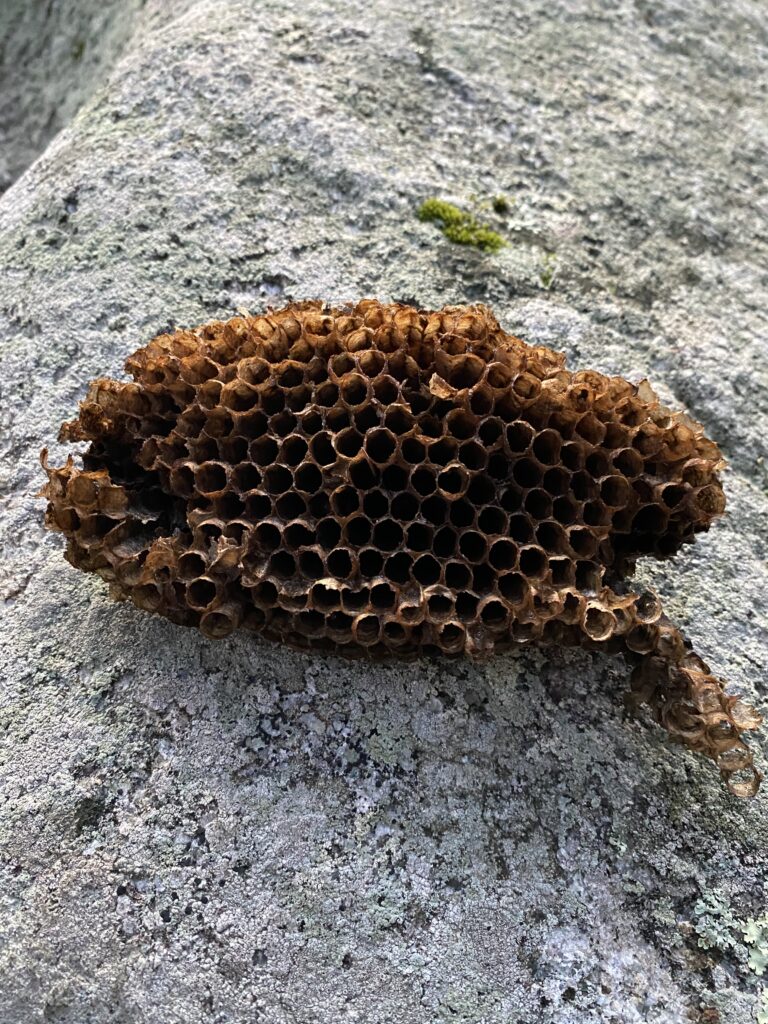
I arrived at my spot — the familiar granite slab with its lone pine sapling marked the divide between the forest and the lake’s grandiose beauty. At sunset, cotton candy skies reflected off of miles of glassy water, which will begin to freeze within weeks as winter approaches. Marveling over the same view I’ve marveled over hundreds of times, I watch a bald eagle take off flying across the lake to Paradise Point, landing on an immense white pine.
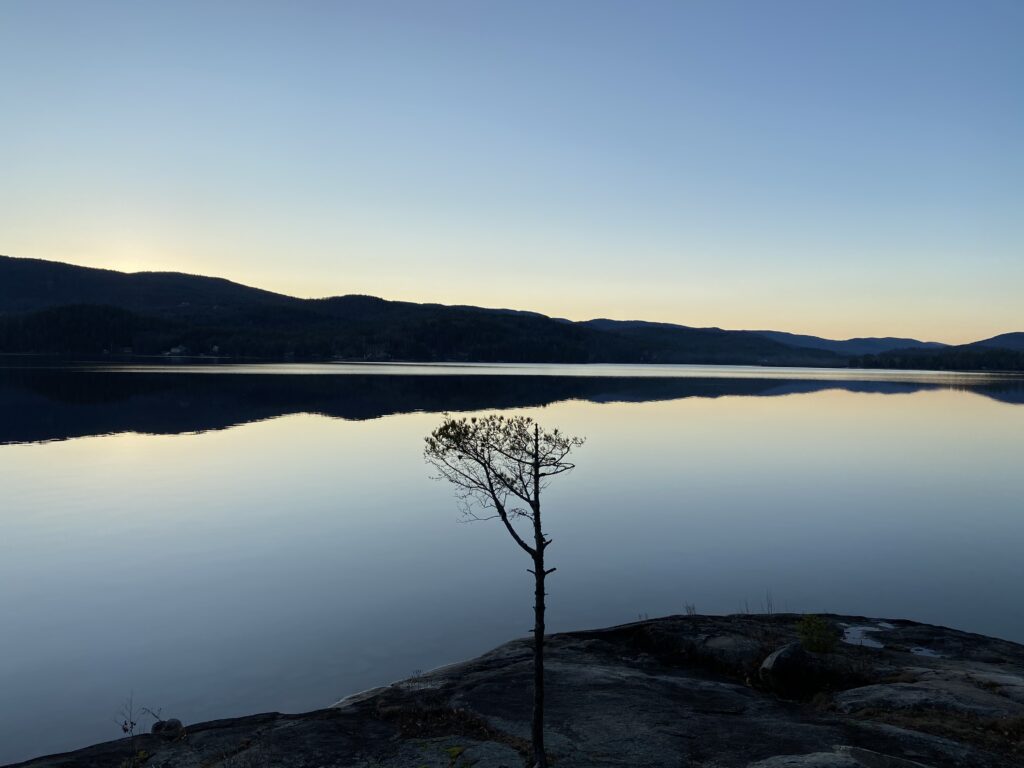
As I moved around a lot in high school, the lake was the constant that never failed to give me a feeling of “home.” I find that this feeling coincides with the natural beauty of Newfound, and my appreciation for the natural processes that allow for this beauty to exist. I’m not sure whether McKenzie Park elicits this “home” feeling in me, but I feel the same peace in my chest when I sit on that river bank and take in the world. The natural processes of these spots differ, yet what is found at both spots proves nature invaluable.
